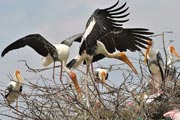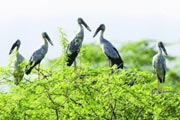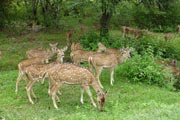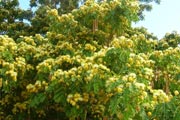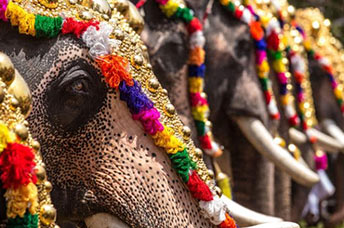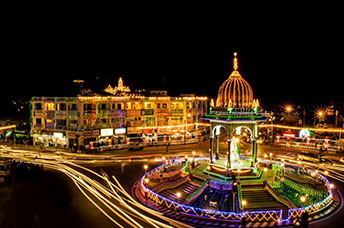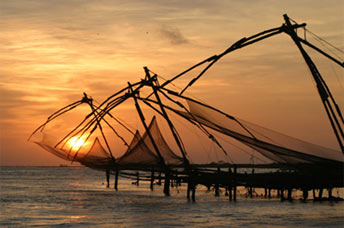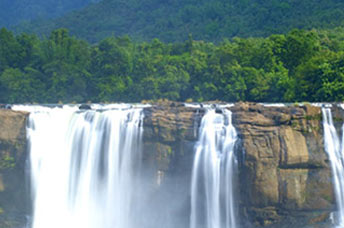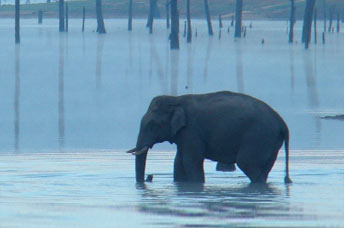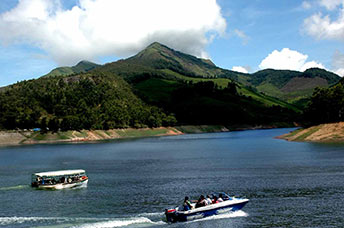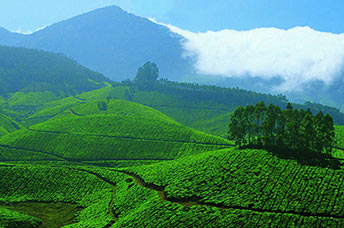If you are a passionate about wildlife and want to see an Indian star tortoise, a grey slender loris, blackbuck, leopard, elephant, peafowl, wolf, golden jackal or a mongoose that’s straight out of Kipling’s India, head over to Andhra Pradesh / Telengana. Those, in fact, are just some of the countless species you would encounter; the breathtaking diversity of fauna and flora on view draws scientists, conservationists, environmentalists, students and wildlife enthusiasts from all over the world to research, document or simply enjoy interacting with the natural world.
As the bird flies, a visitor would travel from the non contiguous mountainous ranges of the Eastern Ghats and the Nallamallas, over the flatlands of intense, jade green rice fields, coal-rich forests and prosperous bauxite and mica mines….into the semi arid Rayalseema region, replete with historical towns such as Chittoor, Kadapa, Kurnool and Anantapur…..before bending towards the mighty Bay of Bengal. Of the six rivers that water the land, two are perennial – the Godavari and the Krishna, their estuaries teeming with splendid migratory birds which regularly nest in the river basins and which the Estuarine crocodile, the increasingly rare fishing cats and the playful river otters call home. Closer to the coastline, sea turtles are regularly sighted – and grey pelicans and flamingoes dot the backwaters, revelling in the incredibly beautiful and plentiful feeding grounds of the Kolleru and Pulicat Lakes and the Tatipudi Reservoir.
It is said that the massive, forbidding Western and Eastern Ghats are a microcosm of the vast, natural world of India….and its Eastern heart beats with the sound and footfall of the great tigers, panthers, wolves, wild dogs, sloth bears, hyenas and black bucks…the shy chinkara, the enormous nilgai, the cheetal and the sambar. And with countless species of birds and reptiles marking territories and the passage of time….
A large number of wildlife sanctuaries and national parks have been created to protect the diverse ecosystems of the Eastern Ghats – an important role, in view of constantly threatened and critically endangered species, such as the Great Indian Bustard and the fringe lipped carp, among others.



